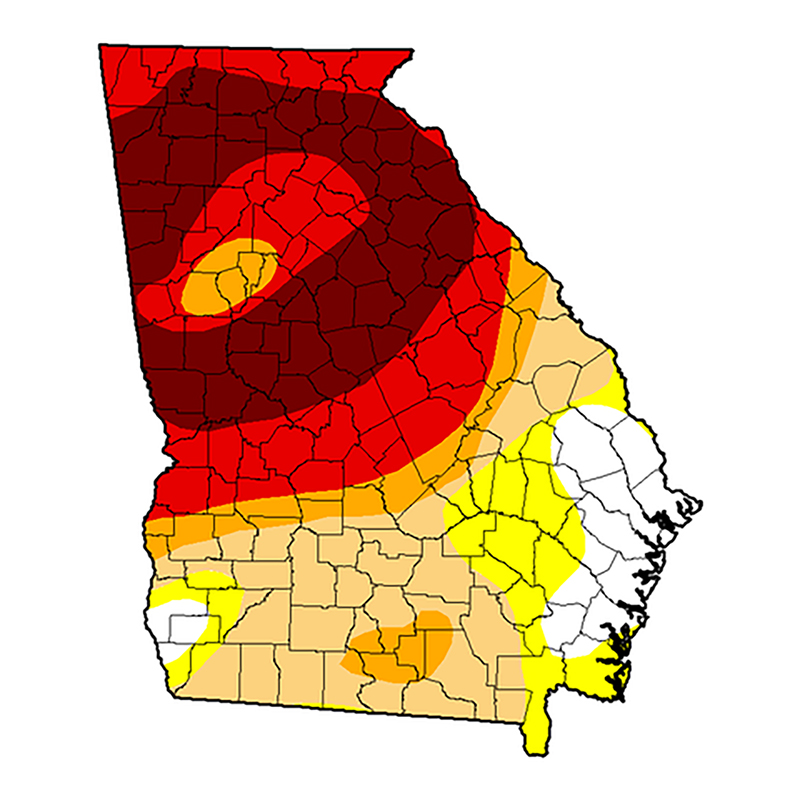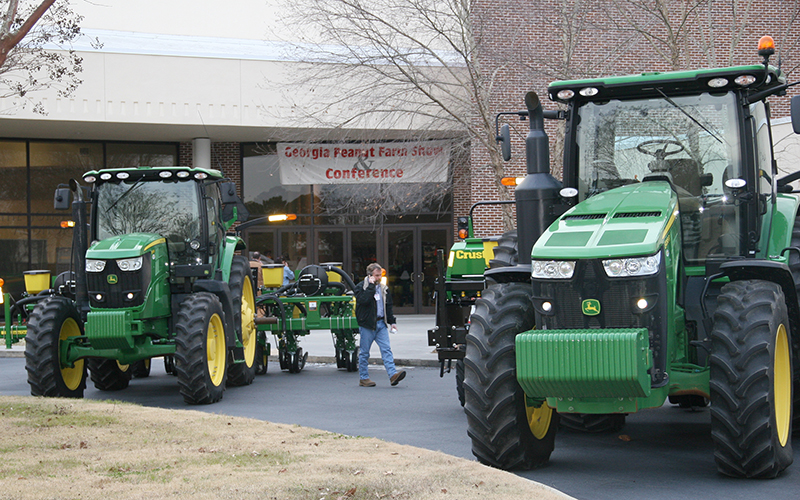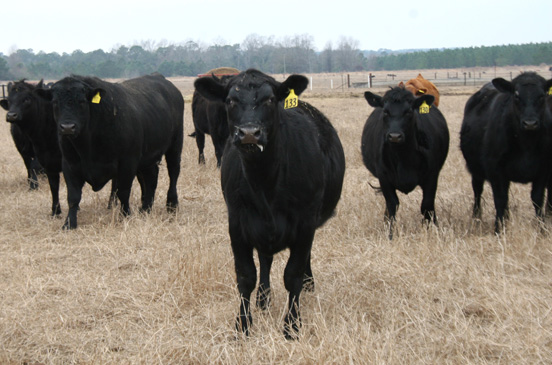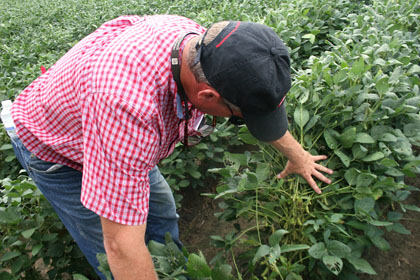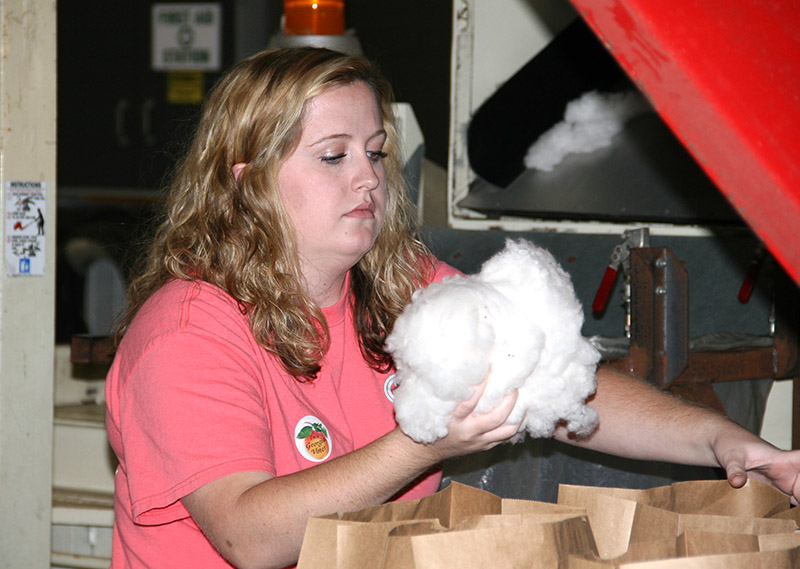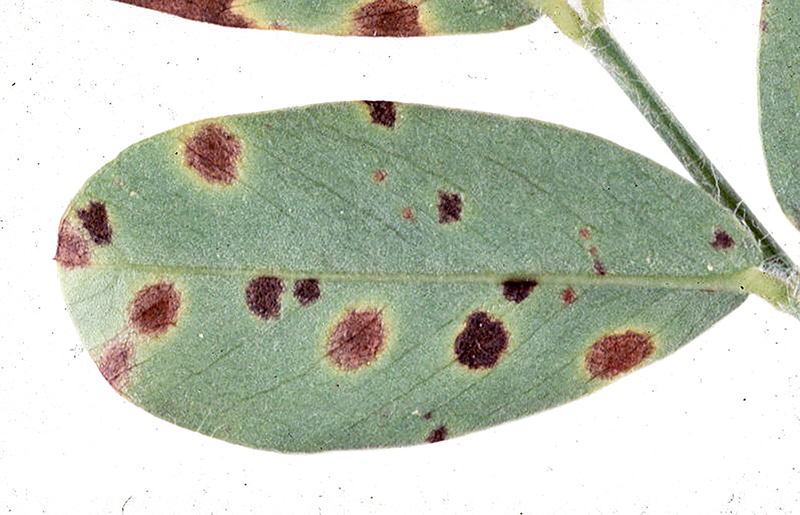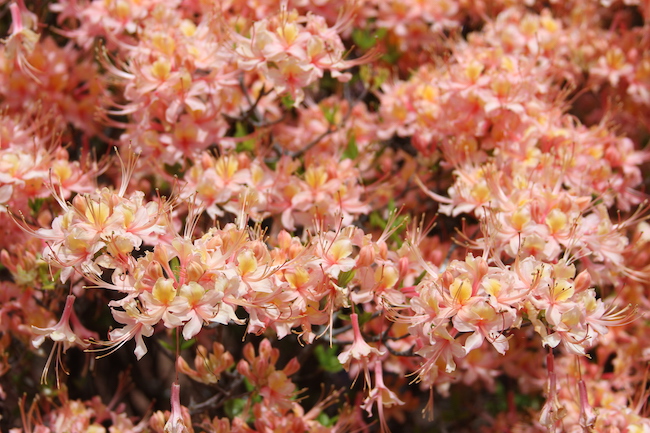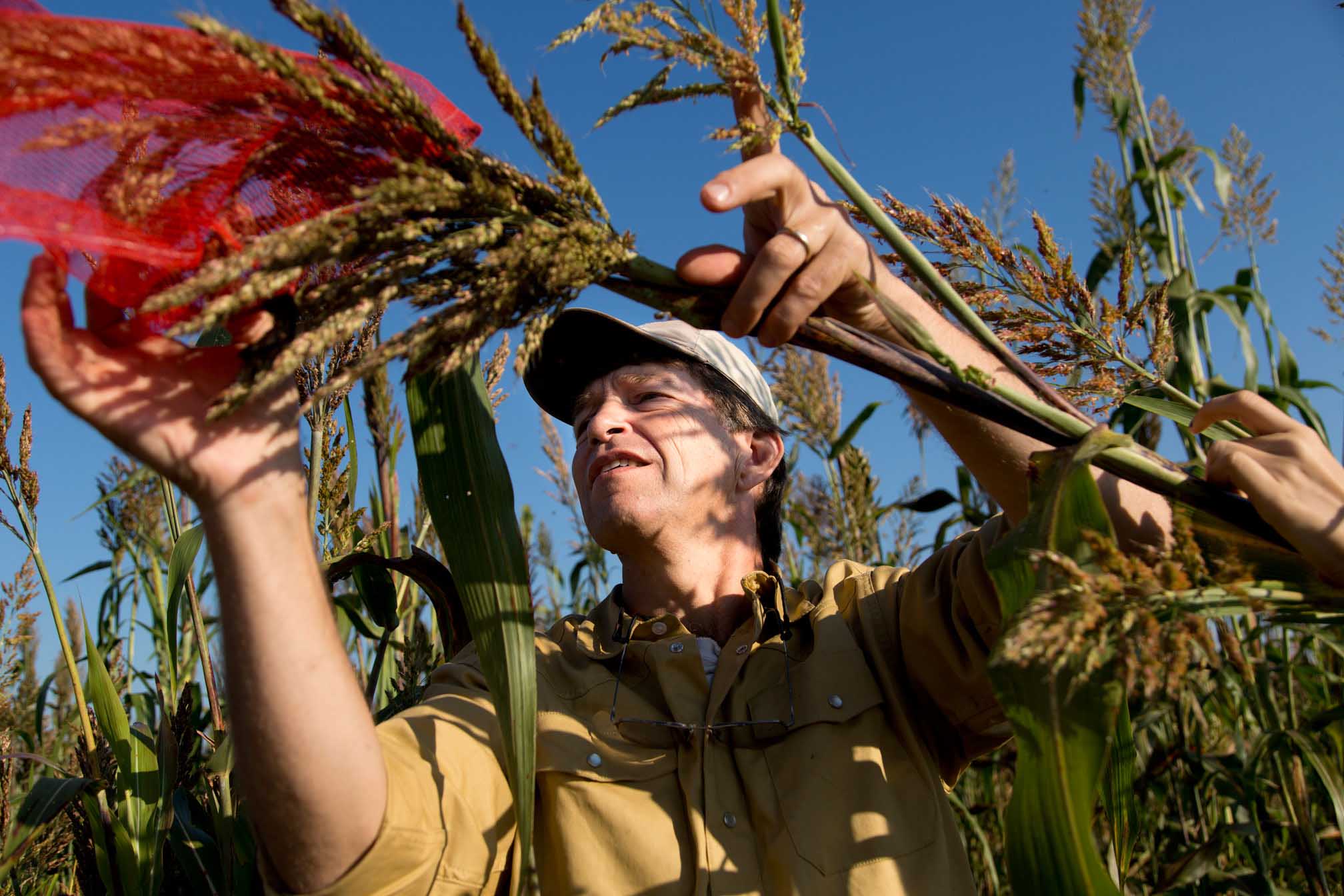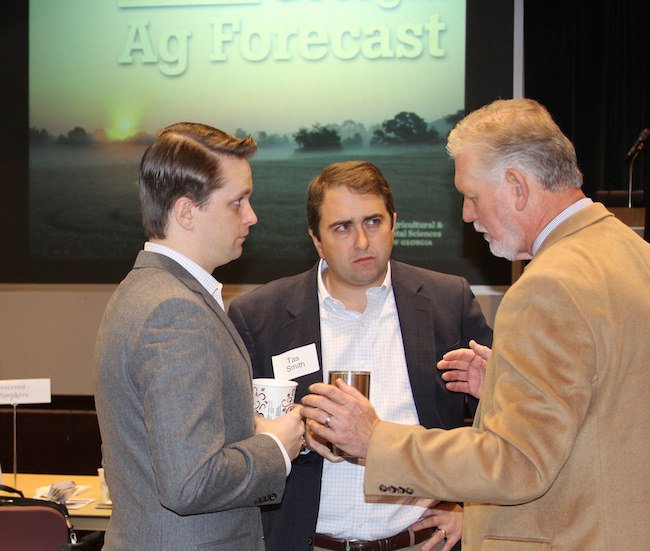 CAES News
CAES News
2017 Ag Forecast
In 2017, Georgia row crop farmers will likely devote more acreage to the state’s tried-and-true commodities: cotton and peanuts. This and other agricultural projections for the year were the focus of the 10th annual Georgia Ag Forecast seminar series, held across the state Jan. 18-27.

